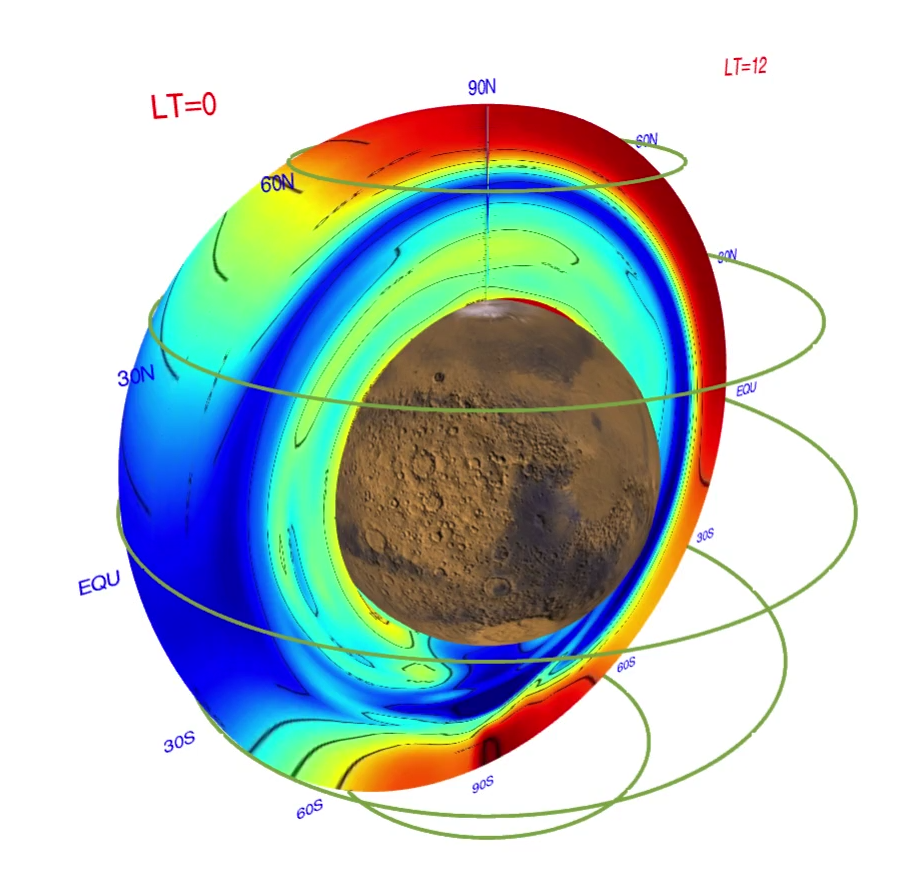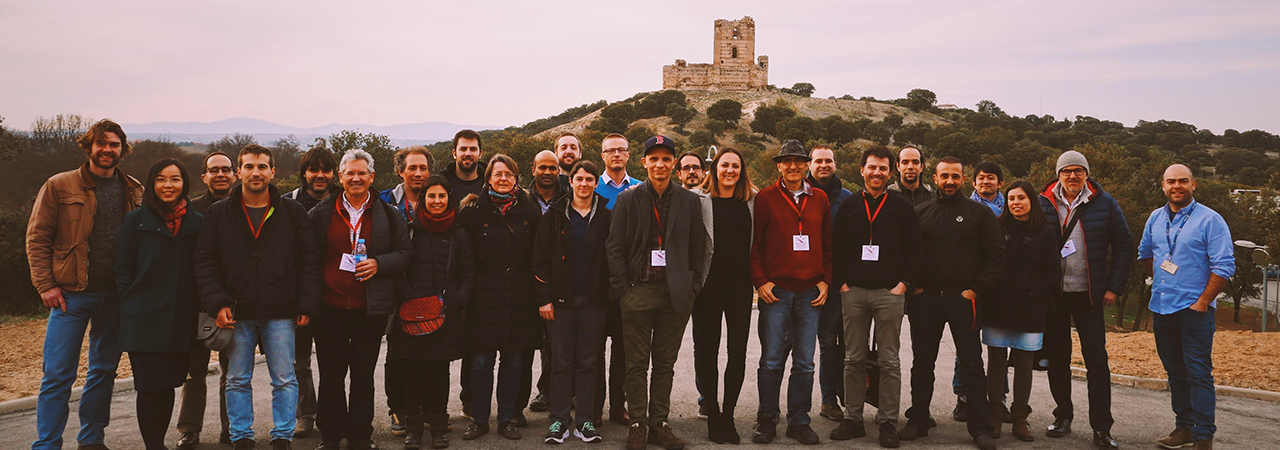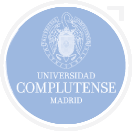Unlocking Martian data at the end of the UPWARDS project reveals mysteris of the Red Planet
A tecchnical summary of the UPWARDS project
Climate for cooperation
Project coordinator Dr Miguel Angel López-Valverde from the Institute of Astrophysics of Andalusia in Spain believes that the results clearly demonstrate the vital role of scientific cooperation in understanding complex systems like a planet’s climate and give scientists a truly coupled view. “Over the past 20 years or so of Mars exploration we’ve found the climate to be far more complex than first thought,” he says. “The climate should be seen as an integral system, much like the Earth’s, where the surface, volcanoes, oceans, atmosphere and clouds etc. all interact.”
Discovering Mars
The key objective from the start was to develop new mathematical retrieval methods for obtaining more data about Mars. “Some of these techniques can combine data from different instruments, which can be a lot more efficient” says López-Valverde. “This sort of thing has been done for collecting data from Earth survey satellites but this is the first time such techniques have been applieBringing together experts from across a range of fields, as UPWARDS has done, has been instrumental in this. “One of the strengths of this project has been to enable teams to work together from the beginning,” says Dr López-Valverde. “Usually how it works is researchers receive funding for their own specific area, and only collaborate with other experts later on. We have shown that putting in place collaborative teams, before new mission data arrives, can be hugely beneficial for mission preparation, and I think this is a clear lesson for the future for Mars.”

ExoMars should confirm model predictions like this one.
New methods for retrieving data in special observing geometries, looking at the limb of the planet for example, have been pioneered. Vertical profiles of water vapour and carbon dioxide can be recorded even in dusty atmospheric conditions or in direct solar illumination, something that only five years ago would have been impossible to obtain. The project also managed to peek inside dust storms. “This was especially challenging", says Lopez López-Valverde. “We quantified an inverse correlation between the amount of dust and the amount of water vapour inside a storm; again, this sort of finding is a first for Mars.
Another exciting development has been a complete map of Martian water ice clouds, which suggests they play an important part in the planet’s water cycle. “These are amazing, bizarre objects that until now we knew very little about,” says López-Valverde. “We now suspect there is an active exchange of water vapour between the subsurface and the atmosphere, and that water ice clouds are much more abundant than previously thought. All this data was available from the Mars Express mission; we just developed the methods to extract it.” The project has even been able to measure and compare puzzling emissions of hydrogen at the top of the atmosphere, escaping to space, perhaps confirming that large amounts of water vapour can reach high altitudes during dust storms.
Following completion of the project in February 2018, López-Valverde is confident that dissemination of the data and tools will help to put Europe at the forefront of Mars research and encourage stronger links between European teams. “Large collaborative consortia are key for future planetary research,” he underlines. “This project has set an example which I hope others will follow.”
A tecchnical summary of the UPWARDS project

UPWARDS members
CONTACTAndalusian Astrophysics Institute (IAA-CSIC) |































